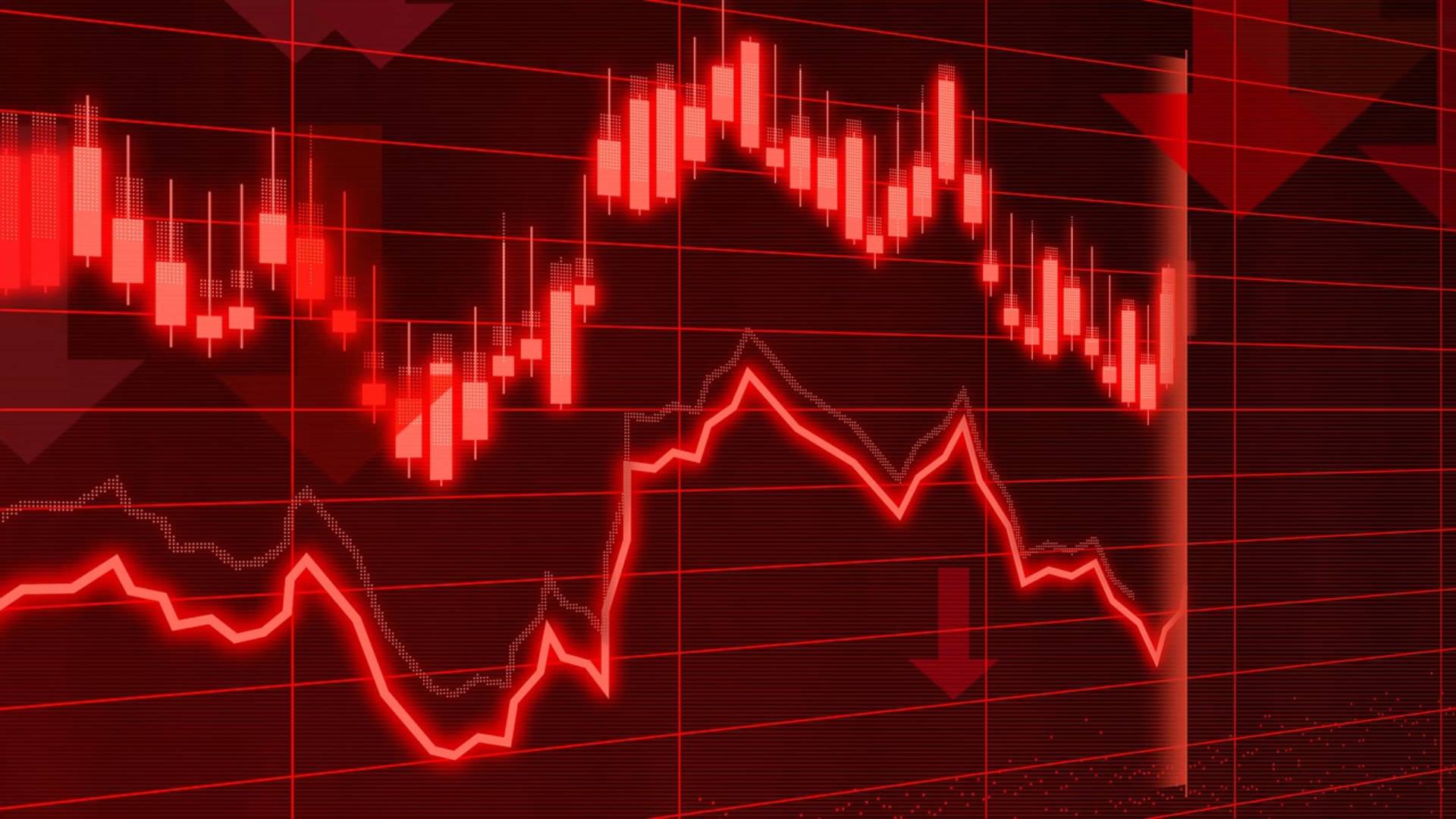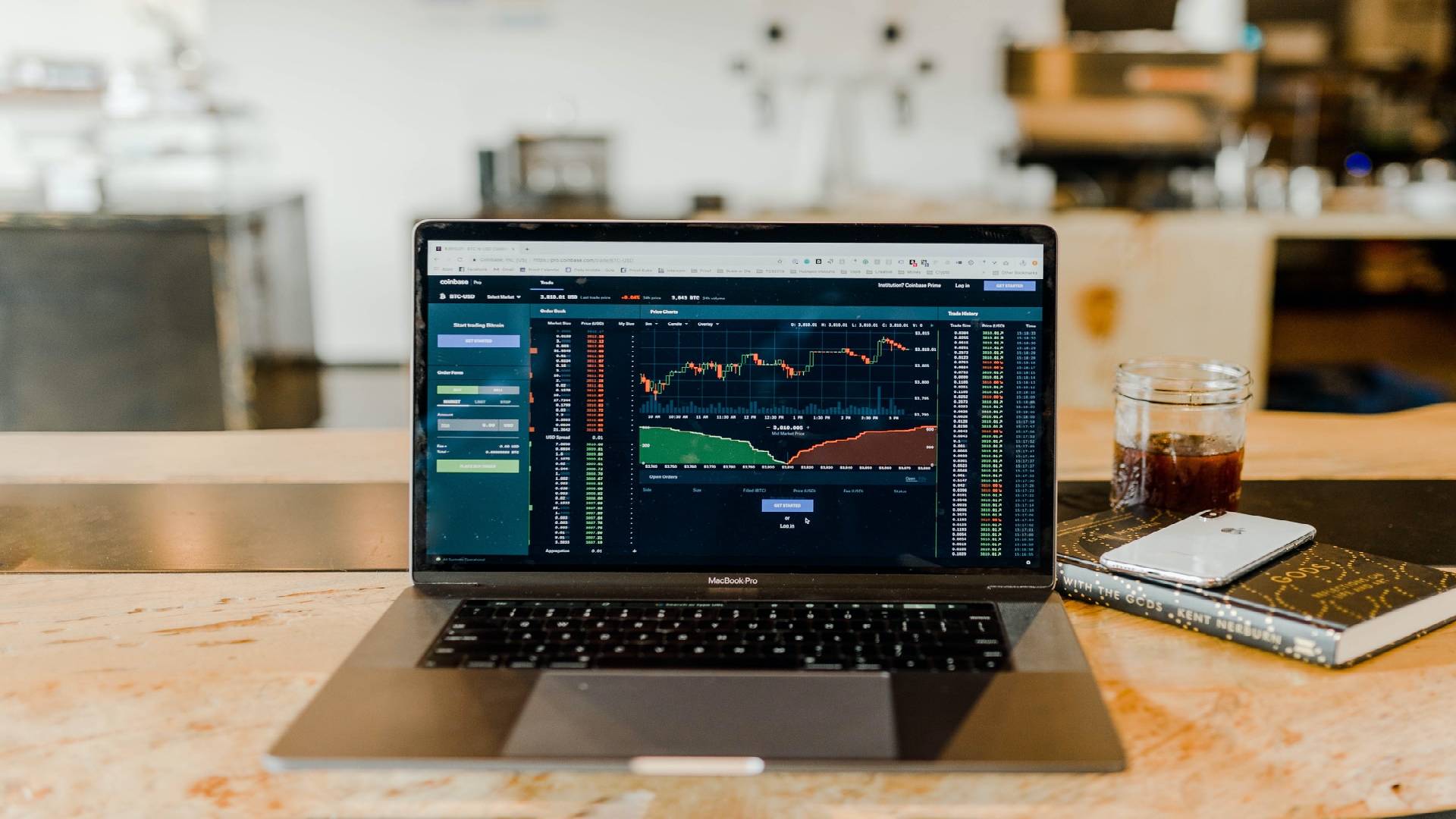 If you’re already interested in trading, then you may have come across the term scalping. What is it? Scalping is similar to day trading, but it takes place in a much faster and smaller environment. Using this method, traders attempt to make numerous small trades to make many small profits, usually around 10 pips or so for each trade. Over time, these small gains amount to a large sum of money. To effectively scalp, you should trade instruments with the lowest spreads as every single pip counts. Scalping is perhaps the most demanding of all trading methods. Traders need to be able to take a lot of stress and be very disciplined. Scalpers also have to be prepared to get out of bad trades fast.
If you’re already interested in trading, then you may have come across the term scalping. What is it? Scalping is similar to day trading, but it takes place in a much faster and smaller environment. Using this method, traders attempt to make numerous small trades to make many small profits, usually around 10 pips or so for each trade. Over time, these small gains amount to a large sum of money. To effectively scalp, you should trade instruments with the lowest spreads as every single pip counts. Scalping is perhaps the most demanding of all trading methods. Traders need to be able to take a lot of stress and be very disciplined. Scalpers also have to be prepared to get out of bad trades fast.
That said, what are the most popular scalping systems? What strategies are pretty simple and good for beginners? Usually they use indicators to tell speculators when to trade. So, let’s take a look for the easiest and usually most profitable scalping strategies for active traders. Let’s start with.
Multiple Exponential Moving Averages (EMAs) Strategy
As you can guess, this scalping strategy for beginners relies solely on using exponential moving average (EMA) indicators. The exponential moving average (EMA) is a technical chart indicator that tracks the price of an investment (like a stock or commodity) over time. The exponential moving average is designed to improve on the idea of a simple moving average (SMA) by giving more weight to the most recent price data, which is considered to be more relevant than older data. Since new data carries greater weight, the EMA responds more quickly to price changes than the SMA.
So, the EMAs are very easy to use and basically show the underlying trend behind a currency pair by showcasing the average price over a period of time, instead of the current price. It is advised that you use two EMAs (or more) in this strategy. When the current price is above the EMA, it can be seen as a signal to sell; when the price is below the ema, it can be a signal to buy. By using more than one EMA, we can be more accurate when identifying crucial buy or sell points. This is particularly true when a slower EMA rises above or dip below faster EMAs. For example, if the EMA 10 meets the EMA 50. In a bearish market, when the price reaches the lowest EMA, it is a sign to sell. The opposite is true in a bullish market. When the price meets the highest EMA, it can be a sign to buy.
Where do you need to set a stop-loss in this strategy? A bit before or after the meeting point. This will prevent you from getting stopped out early, just in case the price dips below before rising. Give the stop-loss some space from the lowest price.
By looking for EMA meeting points in conjunction with the current price, we can be more certain of buying and selling points. A crucial thing to point out about exponential moving averages it that what they show you is past prices. They always lag a bit behind the real trend. Because of this, they cannot always be relied upon.
Stochastic + Trendline Strategy
This scalping strategy system uses the Stochastic oscillator in conjunction with a trend line. Stochastic oscillator is an indicator that serves to detect the momentum of the trend. It enables traders to predict where the current trend will ultimately end up. It uses a scale from 0 to 100 to measure the rate at which the price has changed from the previous closing price of an asset. The scale is then applied to the Stochastic lines to determine if the market is overbought or oversold. If the Stochastic lines are above 80, the indicator shows that the market is overbought, and according to the supply-demand law, the price has to go down in order for the market balance to restore. Therefore, the traders get the sell signal. Conversely, if the Stochastic lines are below 20, the indicator shows that the market is oversold, and the same economic law suggests that the price should increase to restore the balance. That’s why the indicator will give out the buy signal.
Ideally, to implement this scalping strategy, you need to have an uptrend or a downtrend as it will be hard to use this strategy in a ranging market. So, draw your uptrend using the trendline tool on your trading platform. What you are looking for is where the trend line is met or crossed over. This acts as a signal to potentially buy or sell. After this, you need to look for either an overbought or underbought condition in the trend. To do that, use the Stochastic oscillator as a guide to enter or exit on pullbacks.
This is a good scalping strategy because you have two conditions met. Trading on a trend is one and the overbought, underbought condition from the Stochastic oscillator acts as the second. Moreover, you can tweak this strategy to use a channel pattern instead of a trend line to more clearly mark support and resistance levels.
Bollinger Bands Strategy
The last scalping strategy presented in this article uses Bollinger Bands. They show volatility and define high and low prices. The bands consist of three curves that are traced in relation to the price of a currency pairing. There are upper, middle, and lower bands, all drawn based on a given period of time (usually 20 periods) and two standard deviations. This means that the central line is a Simple Moving Average (SMA) with default value of 20, the lower band is two standard deviations lower than SMA and the upper one is two standard deviations above the SMA. Bollinger Bands contract and expand to let you know the activity on the market. When the bands squeeze, it shows you that the market is quiet. As the bands widen, it shows you that the market is active and the price is moving up.
How to trade with the Bollinger Bands? This scalping strategy is very simple. When prices reach the upper band, go short and when prices reach the lower band, go long. You need to know that prices tend to return toward the middle of the bands after reaching the top or bottom, which is called the Bollinger Bounce. So if you’re using Bollinger Bands as a technical indicator and see that prices are falling toward the lower band, you can expect the prices to bounce back up soon. If the prices are nearing the upper band, you can expect them to settle toward the middle band soon.
Despite the above, this strategy can also be used in a ranging environment as well as a volatile one, though it can be more difficult, because when the bands squeeze together, it means that a breakout is about to happen. If you sense a Bollinger Band squeeze, you can catch a move and take advantage. To make the most of this strategy follow the 10-pip rule above and below so you don’t get stopped out.







